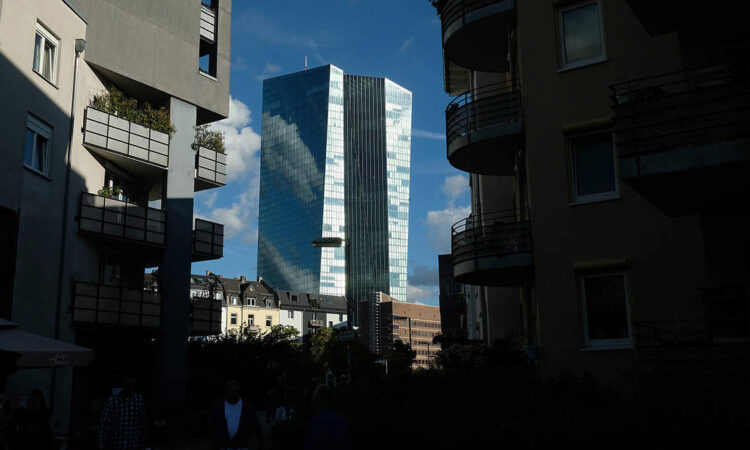
One might argue that central banks’ interest-rate hikes and hawkish inflation rhetoric are working: inflation expectations have stabilized in the eurozone, the US, and the UK. But there is reason to fear that policymakers are going too far too fast, especially in Europe, where the energy crisis is eroding real disposable incomes.
LONDON – Inflation’s return from the dead has brought the era of easy monetary policy to an end. The US Federal Reserve, the European Central Bank, and others are planning to shrink their balance sheets, but this is a process that will most likely unfold very slowly. In the meantime, the heavy lifting will be done the old-fashioned way: hiking short-term interest rates to rein in aggregate demand. But policymakers should be careful not to get ahead of themselves.
The latest monetary-tightening cycle has been highly synchronized. While the Fed, the ECB, and the Bank of England did not all start raising rates at the same time, they have all implemented 200-basis-point hikes since September. And they have all used similarly tough language to affirm their commitment to reining in price growth.
This uniformity is puzzling, given important differences in the dynamics driving inflation across economies. Consider the impact of skyrocketing global energy prices. For net energy importers like Europe, this trend implies a negative terms-of-trade shock – import-price growth outpaces export-price growth. This produces immediate inflationary effects, but, over time, it erodes real incomes and suppresses aggregate demand. France’s Treasury estimates that real income losses, compared to pre-pandemic levels, amounted to 3% of GDP at the end of 2022, owing to the terms-of-trade effect.
To continue reading, register now.
Already have an account?
Log in





